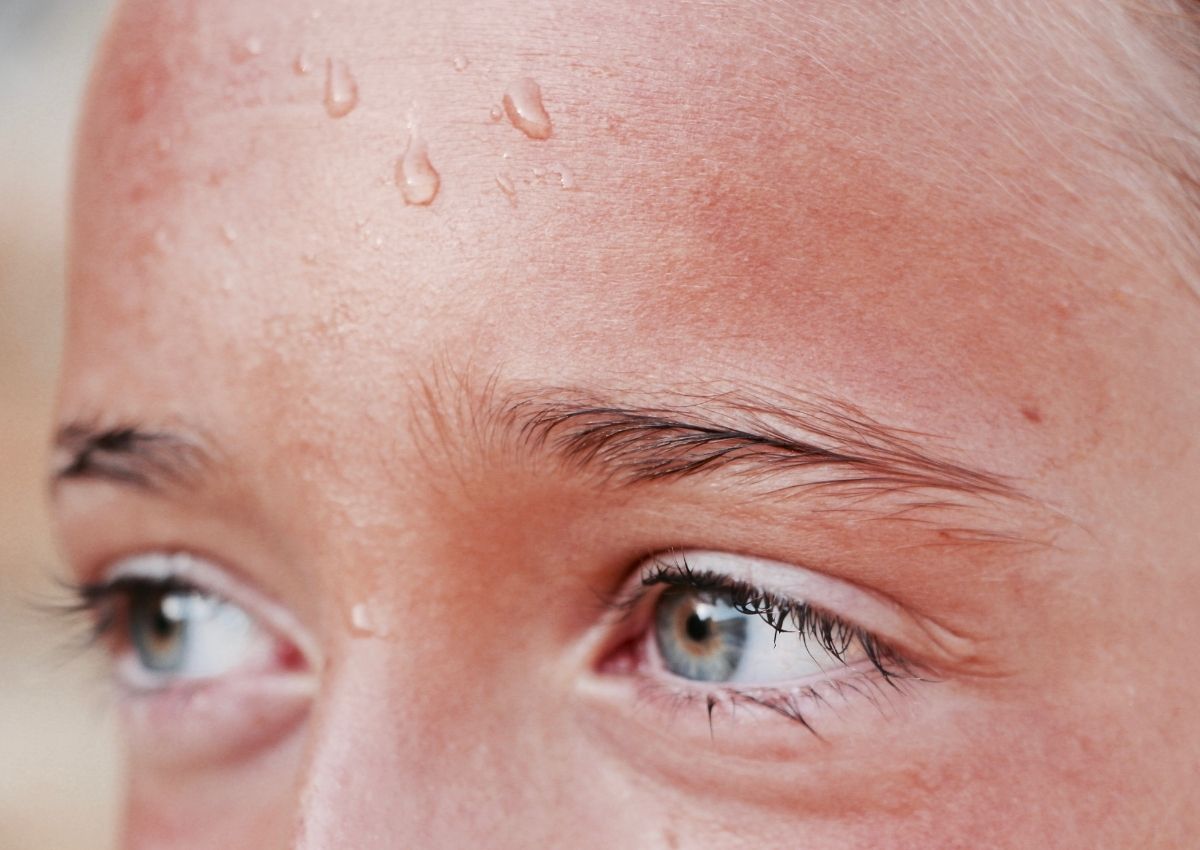With the intense heat that is upon us this February it is important to be aware of the health implications that can be caused if found outside in the extreme heat. one of these health concerns is heat stroke, which can be fatal if medical attention is not available immediately. However, it is critical to know what heat stroke is and how to identify it. Below we have comprised some of the crucial things to note when it comes to heat stroke.
What is the difference between heat stroke and sun stroke?
Heat stroke and sun stroke really refer to the same condition. Heatstroke (or sunstroke) happens when the body can no longer maintain a temperature of under 40.55° C when exposed to hot weather. People almost always have warning symptoms before heatstroke, yet sometimes they do not pay attention, or are not able to take action.
What are the symptoms?
- Confusion, altered mental status, slurred speech
- Loss of consciousness (coma)
- Hot, dry skin or profuse sweating
- Seizures
- Very high body temperature
- Fatal if treatment delayed
What are the three stages of heat stroke?
Heat emergencies have three stages:
- Heat Cramps
- Heat Exhaustion
- Heatstroke.
All three stages of heat emergency are serious and you should pay particular attention to the symptoms if you live in a hot climate or have been warned agains heat waves.
How long does it last for?
Initial recovery takes about 1-2 days in the hospital; longer if organ damage is detected. Experts suggest that complete recovery from heat stroke and its effects on the internal organs may take 2 months to a year.
How do you treat Heat Stroke and Heat Exhaustion?
- Get out of the heat quickly and into a cool place, or at least shade.
- Lie down and elevate your legs to get blood flowing to your heart.
- Take off any tight or extra clothing.
- Apply cool towels to your skin or take a cool bath.
- Drink fluids, such as water or a sports drink.
